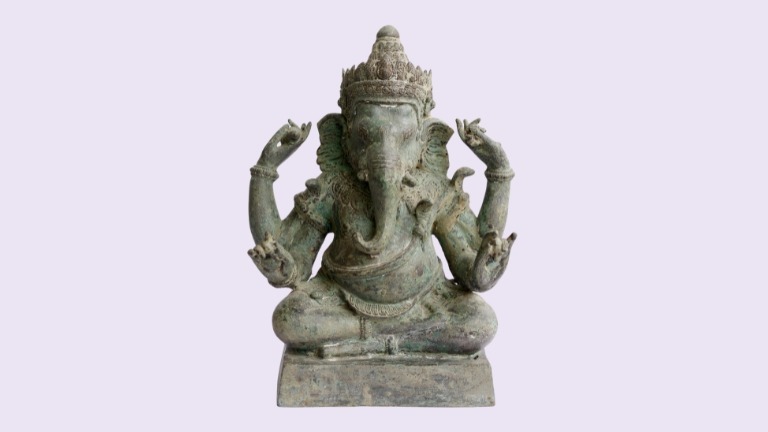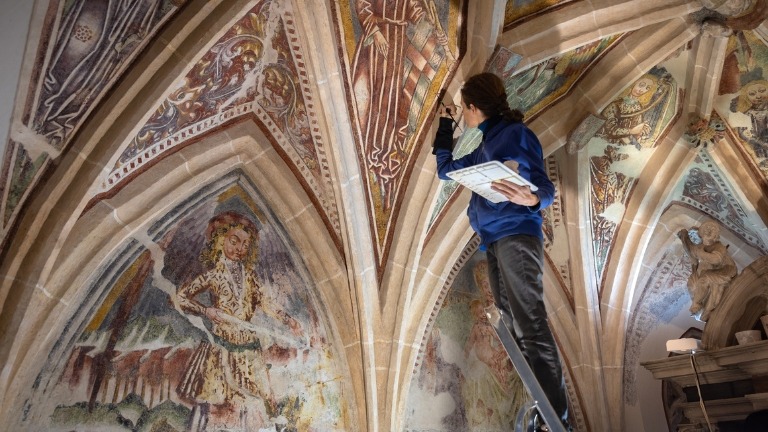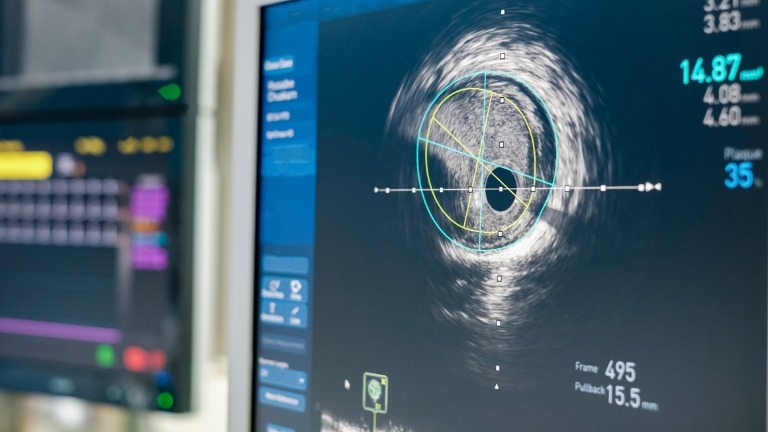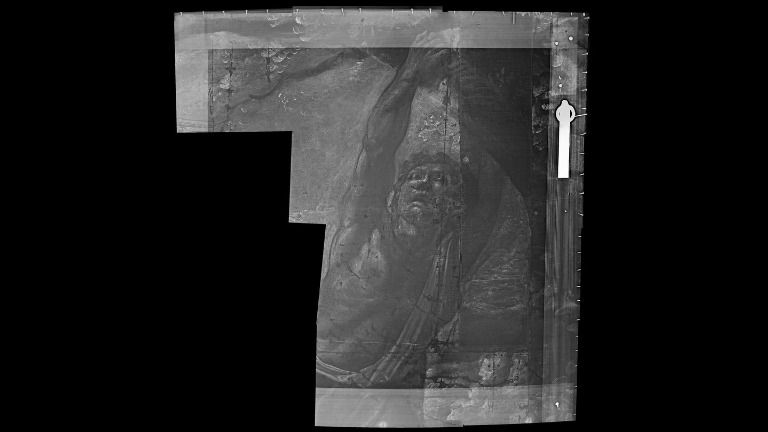CIRAM, leader mondial de la datation et de l’analyse d’objet d’art
Depuis plus de 20 ans, les laboratoires CIRAM proposent des services de datation scientifique précis et adaptés à chaque œuvre d’art, quel que soit son matériau ou sa période de création. Pour garantir des résultats fiables, nous utilisons des méthodes appropriées à chaque typologie d’objet : bois, ivoire, métal, pierre, verre, céramique, toile ou papier…
Nos scientifiques, experts dans leurs domaines, croisent plusieurs techniques d’analyse (datation carbone 14, spectrométrie de masse, infrarouge, microscopie électronique, radiographie, imagerie multispectrale…) afin de répondre à vos besoins spécifiques, qu’il s’agisse d’authentification, d’attribution, de conservation ou de restauration. Chaque protocole est conçu sur mesure pour garantir la pertinence des résultats.
Reconnue mondialement pour la rigueur de ses analyses, CIRAM compte parmi ses clients des institutions prestigieuses, telles que le musée du Louvre à Paris.
Contacter nos équipes
























